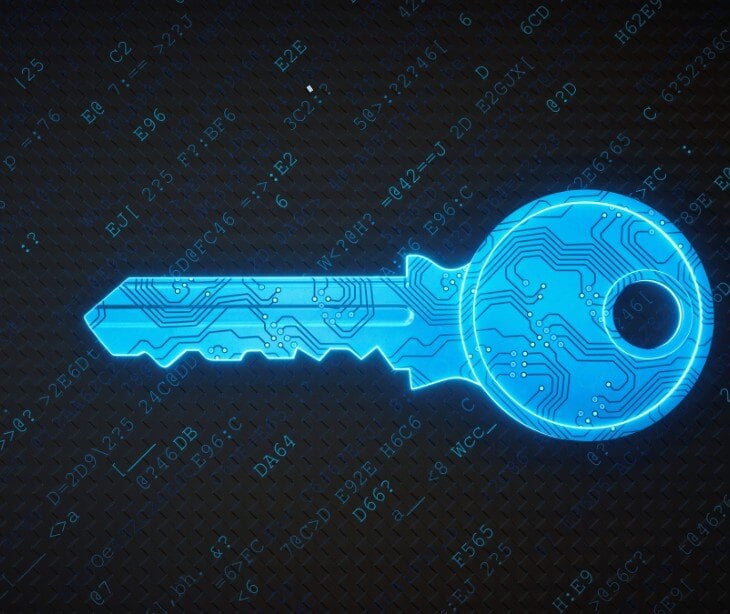
Keylogging, or keystroke logging, is the process of recording keyboard inputs, often without the user's knowledge. It can be done using software or hardware and is commonly used for both legitimate and malicious purposes.
How keylogging works
Keyloggers operate by intercepting and storing every keystroke a user makes. Depending on their type, they may also record screenshots, clipboard data, mouse activity, and even network traffic.
- Software keyloggers: Installed as malicious programs or hidden inside legitimate applications. They capture keystrokes and send them to a remote server.
- Hardware keyloggers: Small physical devices (e.g., USB devices or modified keyboard circuits) that store typed information for later retrieval.
Legitimate vs. malicious use
While keyloggers are often associated with cybercrime, they also serve legitimate purposes such as parental control, employee monitoring, and security investigations. However, cybercriminals exploit them to steal sensitive information.
Legitimate uses:
- Employee monitoring (corporate security)
- Parental control (tracking children's internet activity)
- Law enforcement (cybercrime investigations)
Malicious uses:
- Stealing passwords, credit card information, and personal data
- Corporate espionage
- Identity theft
In the news
HP Wolf Security reported that malicious code in images was used to deliver malware like VIP Keylogger and 0bj3ctivity Stealer in separate campaigns. The attack began with a phishing email, utilizing the same .NET loader to deploy their final payloads.
Read more: Hackers Hide Malware in Images to Deploy VIP Keylogger and 0bj3ctivity Stealer
Types of keyloggers
Keyloggers come in various forms, with each type differing in how it captures and records keystrokes:
- Software keyloggers: Programs that run in the background and log keystrokes
- Examples: Spyware, trojan viruses
- Hardware keyloggers: Physical devices attached to keyboards or inside computer hardware
- Examples: USB keyloggers, keyboard firmware modifications
- Kernel-level keyloggers: Operate deep within the operating system, making them difficult to detect
- Examples: Rootkits, malware
- Browser-based keyloggers: Run as browser extensions or scripts, recording data typed into web forms
- Examples: Malicious browser plugins, phishing websites
How to detect and prevent keyloggers
Detection and prevention of keyloggers involves:
Detection
- Look for unusual system behavior (e.g., slow performance, unknown processes running)
- Use task manager (Windows) or activity monitor (Mac) to check for suspicious programs
- Run antivirus scans to detect malware-based keyloggers
- Check browser extensions for unknown add-ons
Prevention
- Use two-factor authentication (2FA): Even if a keylogger captures your password, it won't be enough to access your accounts
- Keep software updated: Security patches help prevent malware infections
- Use a virtual keyboard: Some keyloggers cannot capture on-screen keyboard inputs
- Be cautious with downloads: Avoid installing software from untrusted sources
See also: HIPAA Compliant Email: The Definitive Guide
FAQs
How do cybercriminals install keyloggers?
They spread keyloggers through phishing emails, infected software downloads, malicious websites, and USB devices.
Do keyloggers work on mobile devices?
Yes, keyloggers can target smartphones and tablets through malicious apps, spyware, or compromised keyboards.
Subscribe to Paubox Weekly
Every Friday we'll bring you the most important news from Paubox. Our aim is to make you smarter, faster.




